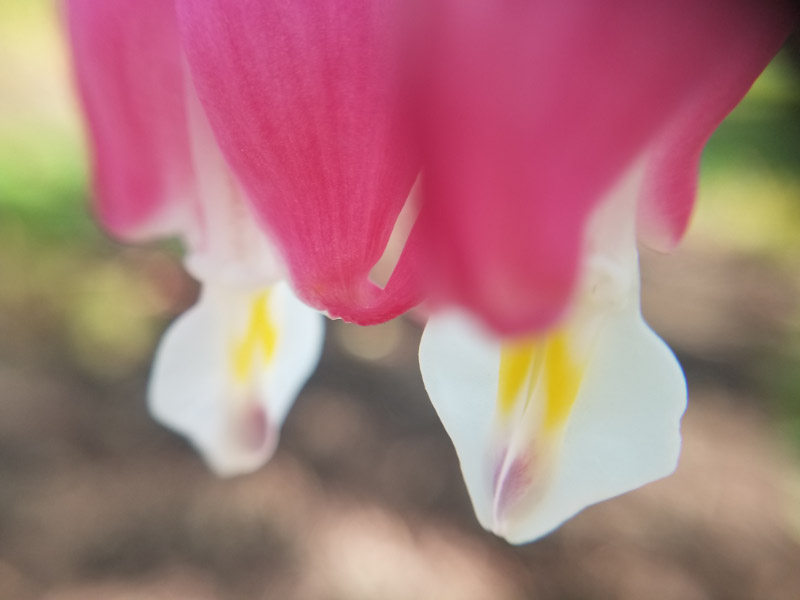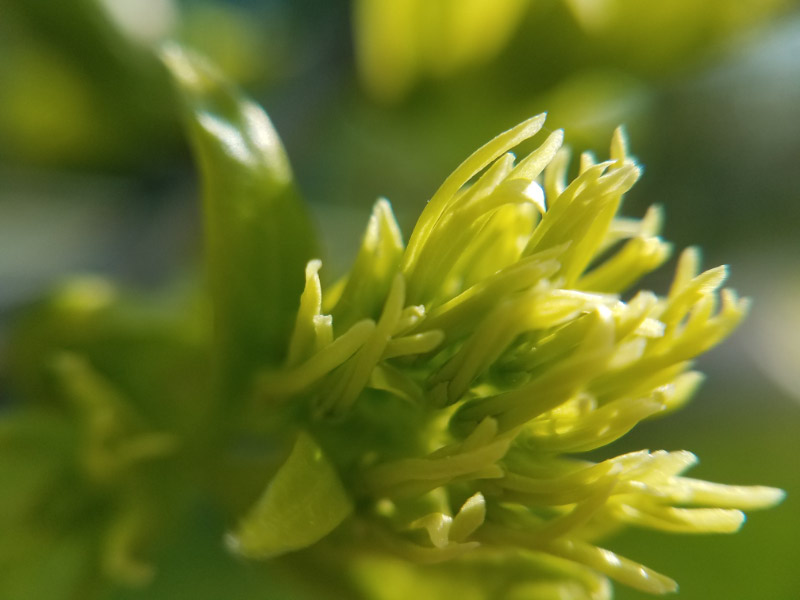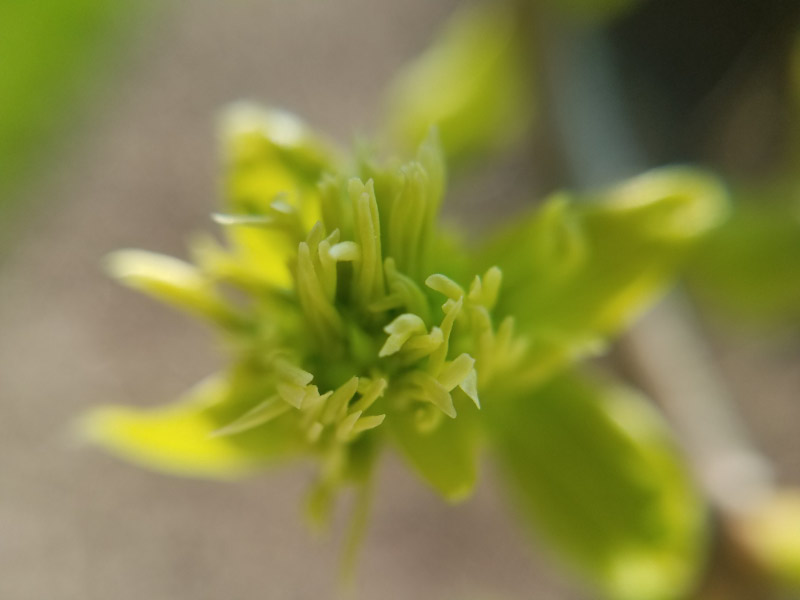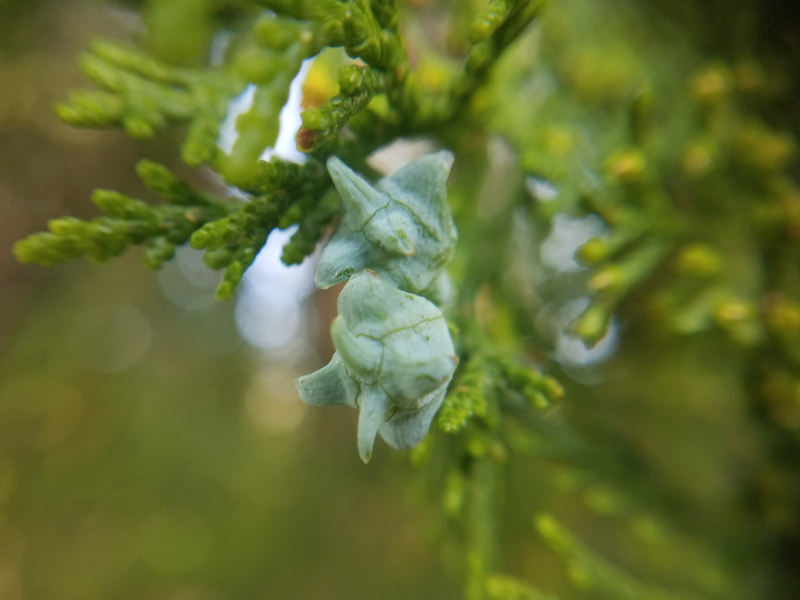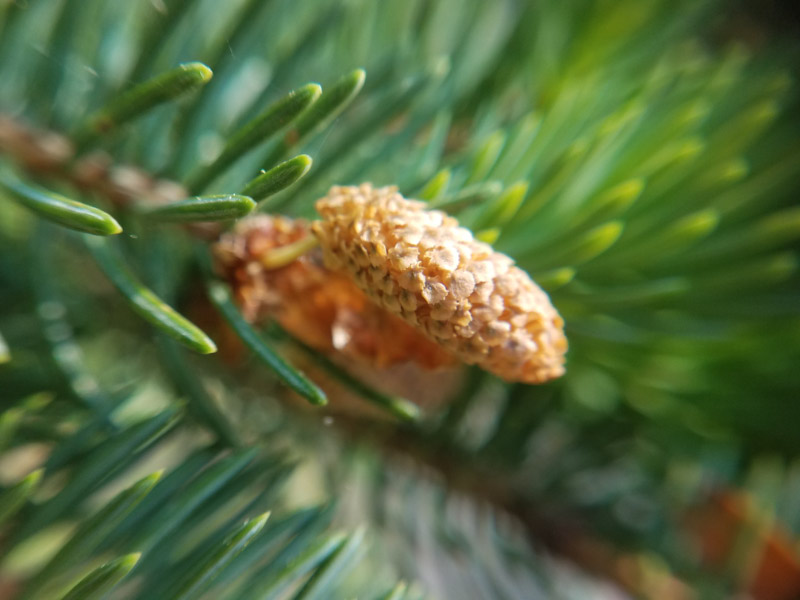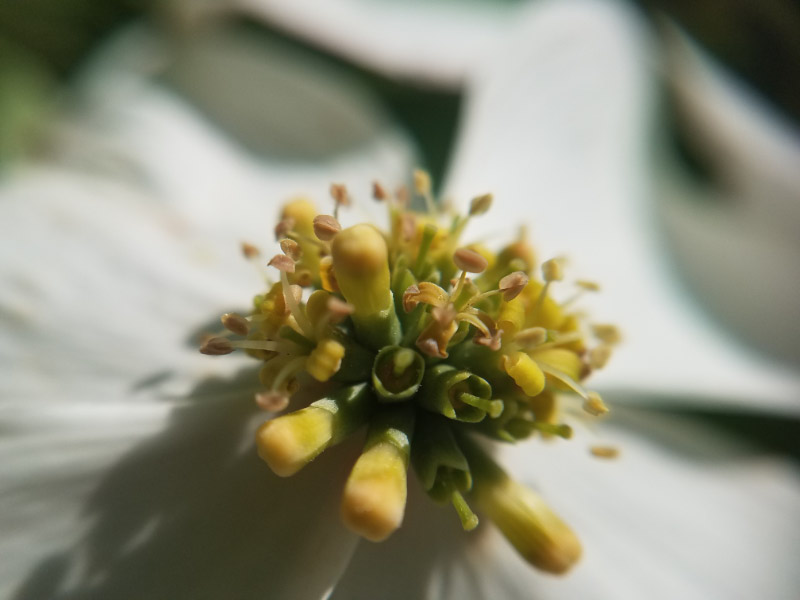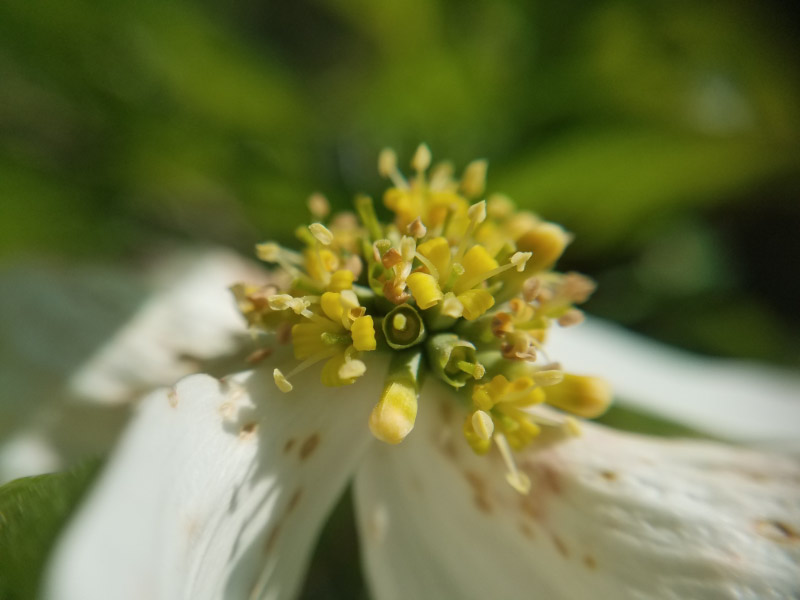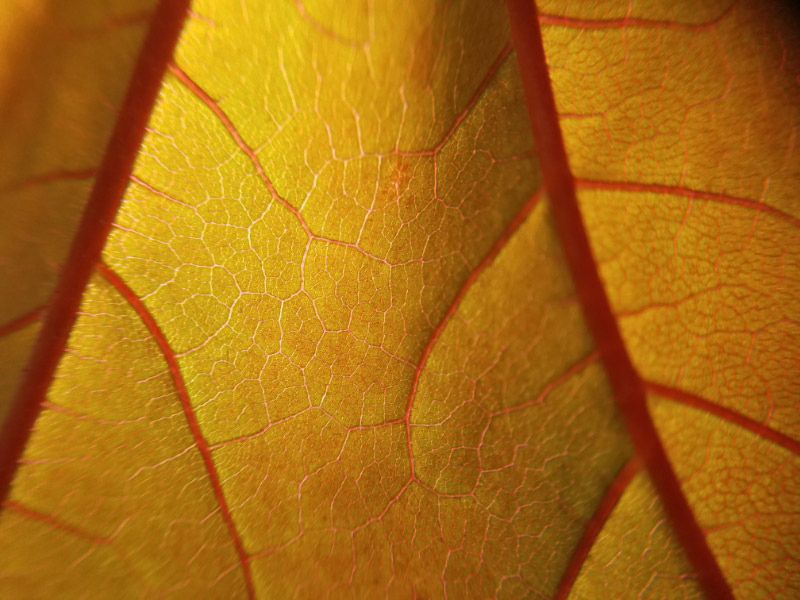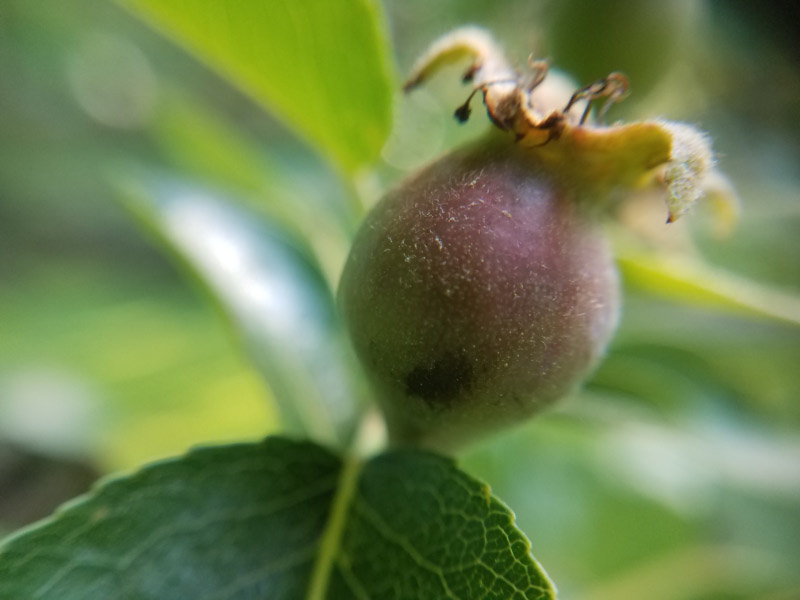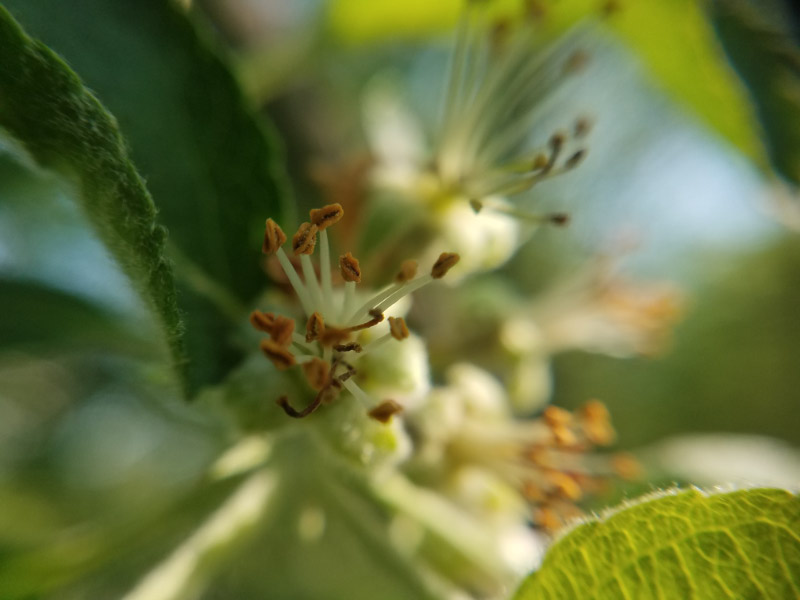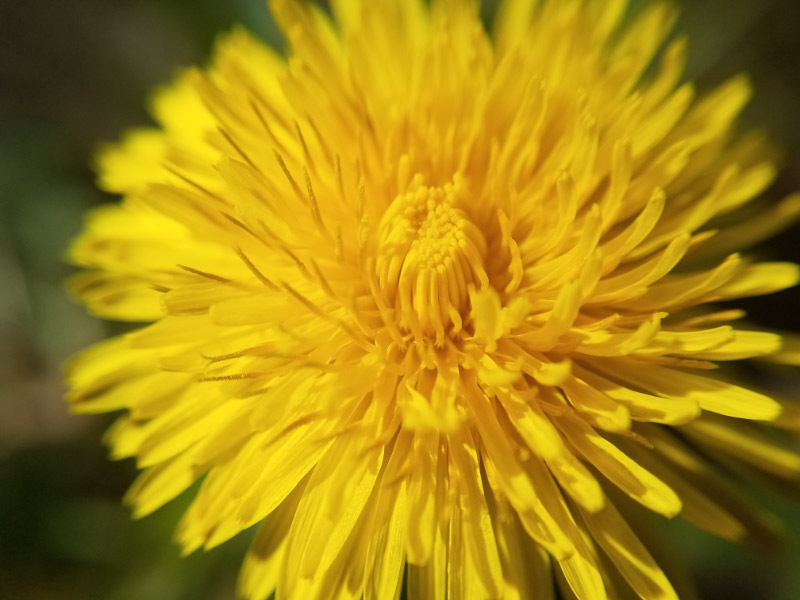Gleanings of the Week Ending July 13, 2019
/The items below were ‘the cream’ of the articles and websites I found this past week. Click on the light green text to look at the article.
We organized a conference for 570 people without using plastic. Here’s how it went – It’s hard to do anything without plastic….but we’ll find ways eventually. I am focused on the ‘single use’ items first but when I can I choose materials other than plastic even for more durable items.
Arches National Park Recognized As "Dark Sky" Park – Now for my husband to find a way to get there with his telescope….
Timber Rattlesnakes: Cool Facts and an Uncertain Future – This snake is found in western Maryland….not in the county where I live. But we always mention it to students interested in snakes. This article provided some additional ‘cool facts’ to pass along.
Macro Photos of Water Droplets Reveal the Overlooked Beauty of Nature – Beautiful images in water droplets - And the artist included some pictures of the set up he uses to get the pictures!
In an Era of Extreme Weather, Concerns Grow Over Dam Safety – There have been dams in the news in recent years (like the Oroville Dam spillway failure in 2017). In our area, some small dams have been removed. But there are 91,000 dams in the US that are aging and need repairs. It’s going to be expensive…and the extreme weather we’ve been having probably makes it more urgent…but the funding is just not forthcoming so far.
Chiggers are the worst – Agreed.
Photo of the Week – July 5, 2019 – Milkweed in bloom. This is a blog post from The Prairie Ecologist…showing some bugs too. No Monarch butterflies though.
8 ways wild animals beat the heat – The mucous that hippos secrete was new to me…it’s acts as sunscreen, antibiotic, moisturizer, and water repellant. Now that we’ve learned that the sunscreen we’ve been using may be toxic to corals (and maybe to us too), perhaps we could develop an alternative by learning more about the hippo mucous.
Winter Bee Declines Greatest in 13 Years: Survey – Habitat loss, pesticides, Varroa mites….it adds up. Evidently in recent years the strategies that beekeepers have been using to deter mites have not worked as well. Some crops rely more on commercial beekeepers than others. Almonds, cherries, and blueberries are mentioned as examples.
Top 25 Wild Bird Photographs of the Week: Flowers – Last but not least this week…..birds and flowers. Enjoy the photographs.

